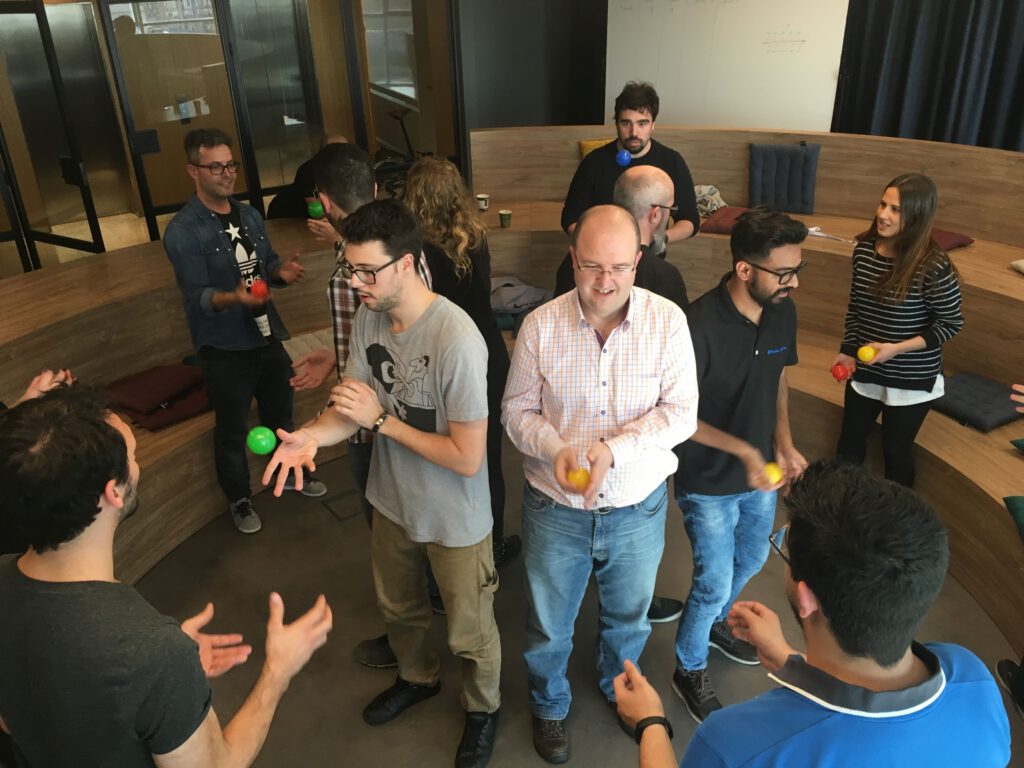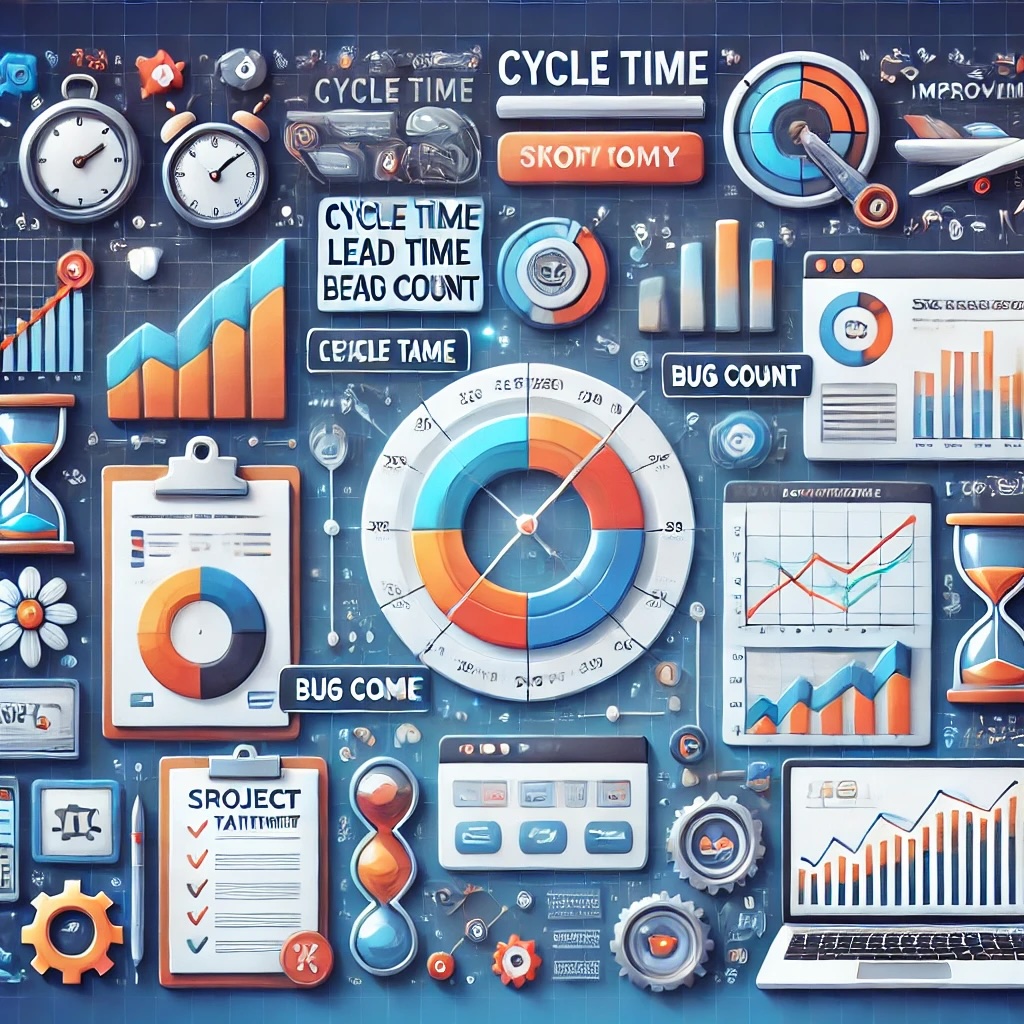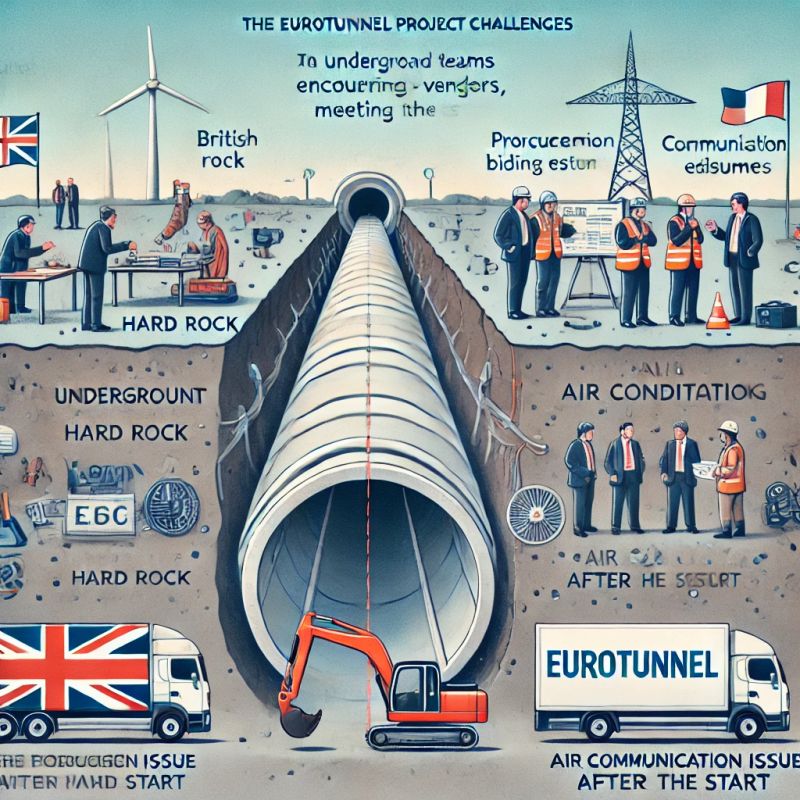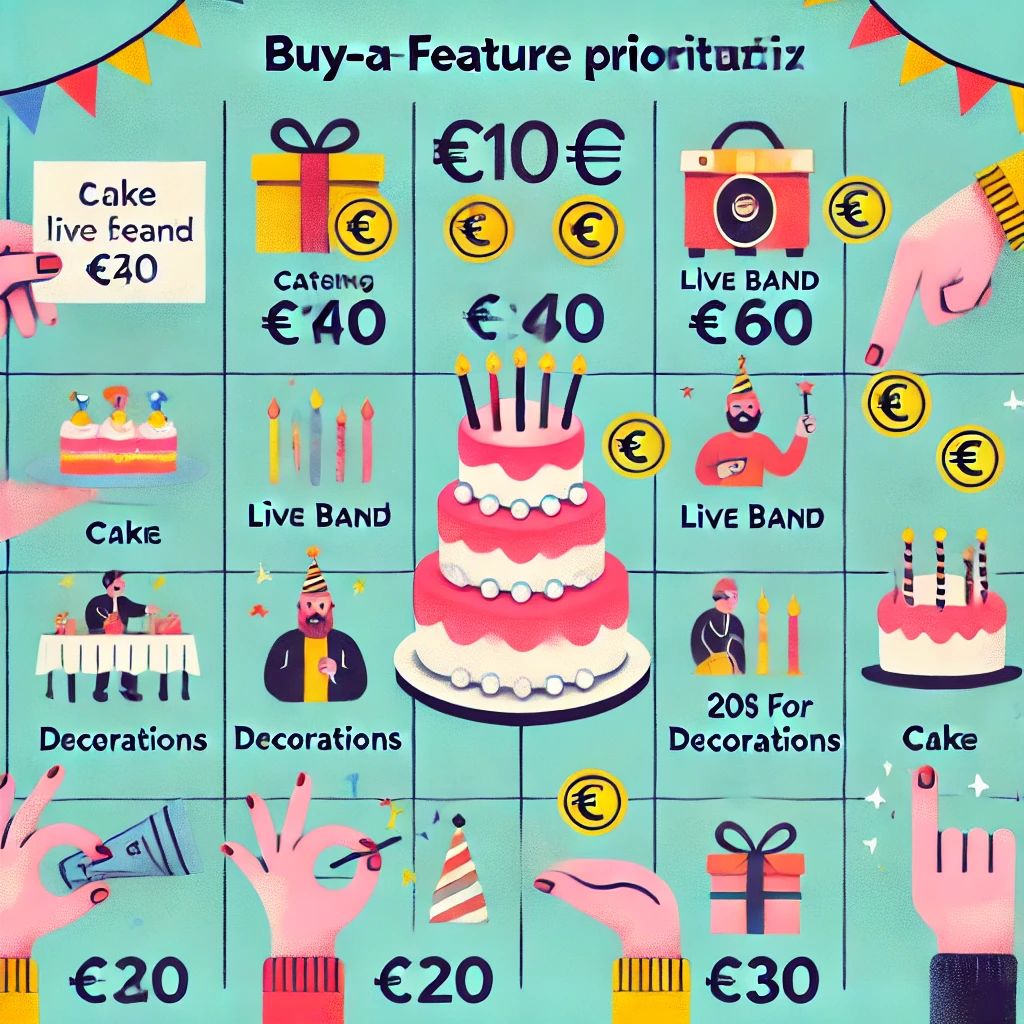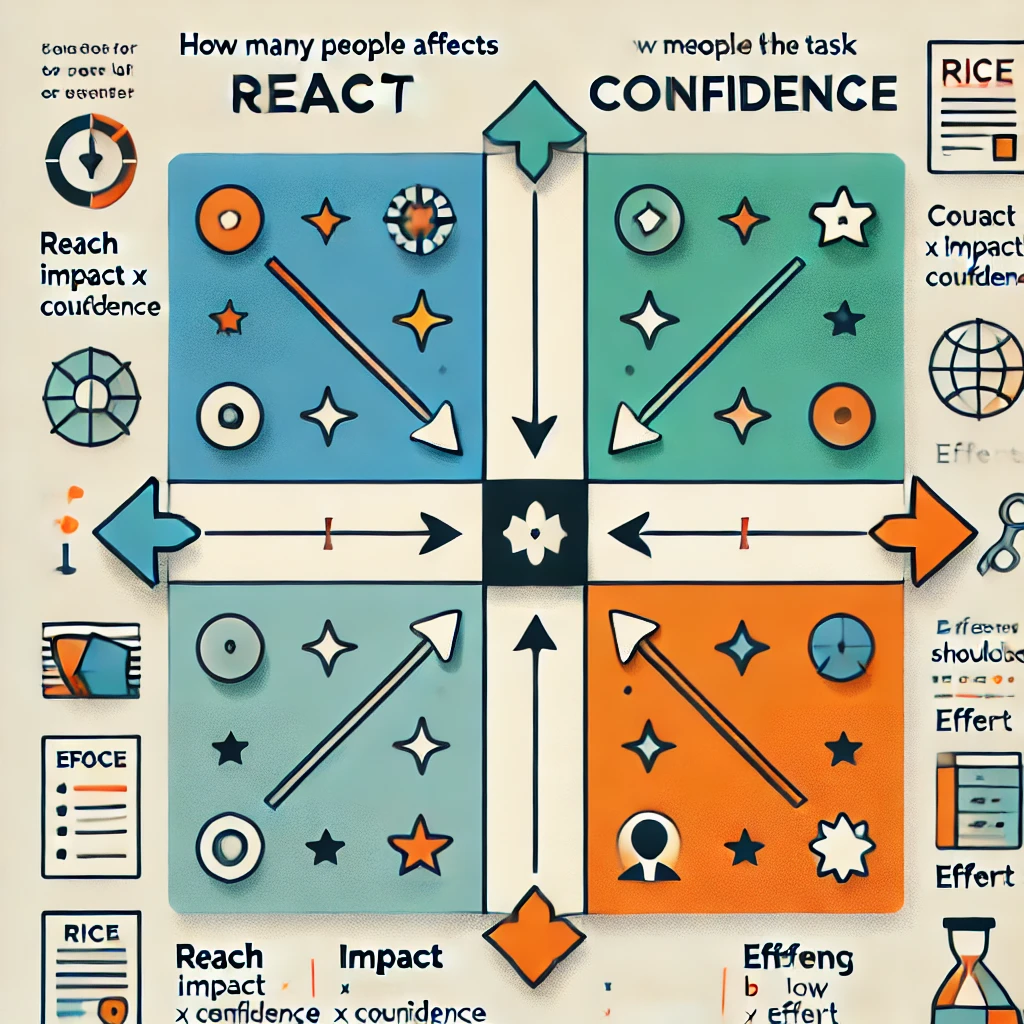Continuing from my previous post on the Situational Leadership Theory by Paul Hersey and Ken Blanchard, we covered the Telling (S1) style—ideal for providing strong direction when your team needs clear guidance.
Next up is the Selling (S2) style:
🔹 Selling (S2): Leaders still provide direction but focus on engaging and motivating the team. Communication is key, as leaders “sell” their ideas to get team members on board. This style works well when the team is willing but needs a bit more confidence or skill-building.
By adapting your leadership approach, you can meet your team where they are and support their growth!
Stay tuned for the next leadership style in this series.
#Leadership #SituationalLeadership#TeamDevelopment#ProjectManagement#LeadershipStyles

